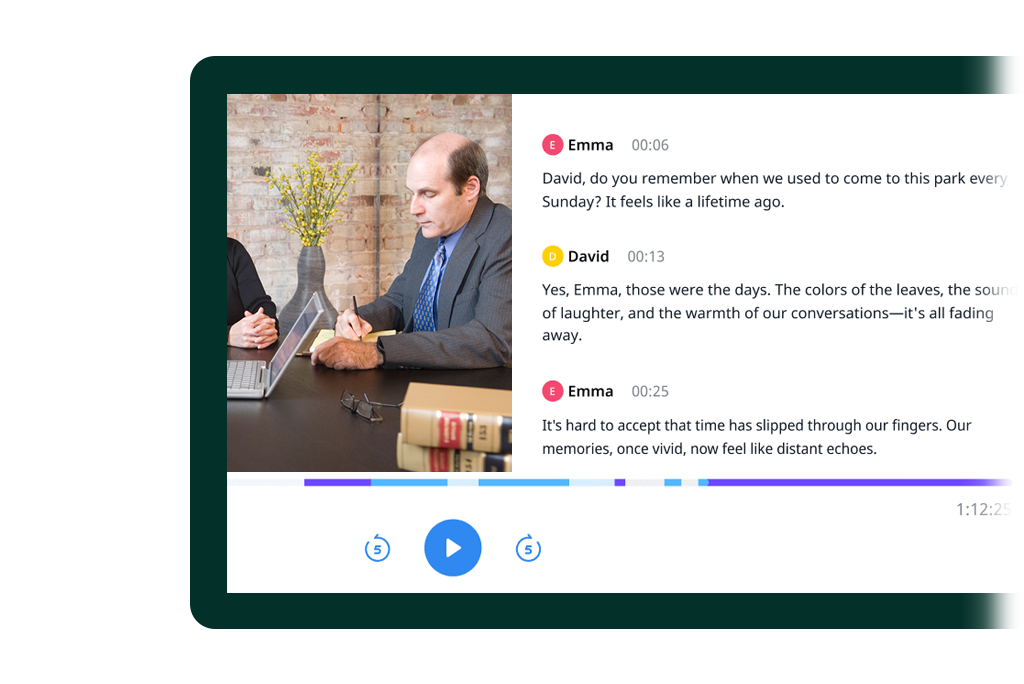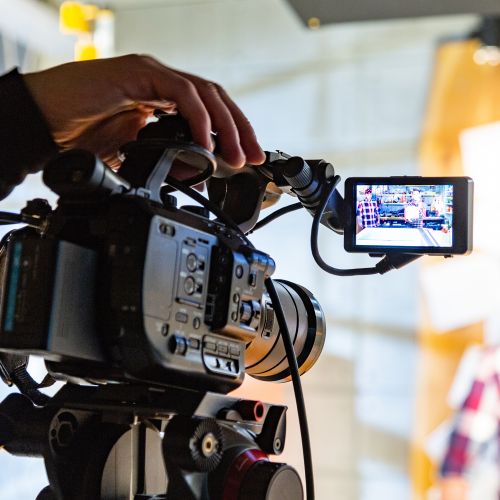Recognizing the Significance of Videography in Legal Procedures
The integration of videography right into legal process has actually emerged as a substantial element in the discussion and analysis of proof. By recording aesthetic aspects such as body language and facial expressions, videography enhances the narrative surrounding witness testimonies and can exceptionally affect jury assumptions.
Function of Videography in Evidence
Videography plays an increasingly vital function in legal proceedings, working as a powerful medium for providing evidence. The integration of video recordings into the legal structure permits a much more vibrant representation of realities, allowing courts and jurors to envision occasions as they transpired. This visual documentation can encompass a series of materials, consisting of surveillance footage, tape-recorded witness statements, and specialist demos, all of which can dramatically enhance the evidentiary landscape.
One of the main advantages of videography is its capability to record subtleties that may be shed in composed accounts. Faces, body movement, and situational context can give essential insights, aiding to communicate emotions and objectives that message alone can not. The usage of video clip proof fosters a much more appealing courtroom experience, possibly helping jurors in comprehending complicated situations.
As technology breakthroughs, the quality and accessibility of videographic evidence have actually boosted, making it an essential component of modern-day legal practices. Courts progressively identify the value of video as a reputable resource of details, motivating lawyers to adapt their methods for evidence presentation. Inevitably, videography serves not only to illustrate truths but also to boost the total honesty of the judicial process.

Enhancing Trustworthiness and Clarity
A substantial advantage of incorporating videography in legal process is its ability to enhance both trustworthiness and clarity of evidence offered in court. Videographic proof can catch subtleties that written papers may overlook, such as tone, body language, and context. This graph allows courts and courts to better understand the circumstances surrounding the instance, thereby promoting a much more precise understanding of the occasions concerned.

Furthermore, the quality afforded by videography decreases the chance of false impression that can occur from textual descriptions. This accuracy is particularly important in complex cases, where information can be easily misunderstood. Eventually, by providing proof in an aesthetically easily accessible format, videography not only enhances the honesty of the judicial procedure but also supports informed decision-making by those entailed in legal procedures.
Influence On Court Assumption
The inclusion of videographic proof significantly affects jury understanding, typically bring about extra engaged and notified deliberations. Jurors are usually a lot more receptive to visual information, which can boost their understanding of complex cases. Videography provides facts in a fashion that is both easily accessible and engaging, enabling jurors to link with the proof on an extra personal degree.
Additionally, the capacity to witness occasions as they took place can evoke emotional reactions that composed transcripts or spoken testaments might fail to evoke. This emotional engagement can lead jurors to form stronger viewpoints regarding the credibility of witnesses and the total narrative of the instance. The visual depiction of evidence additionally helps in making clear obscurities, making it much easier for jurors to comprehend the context and relevance of the details offered.
Moreover, videography can function as a powerful tool for narration, making it possible for attorneys to build a convincing narrative that resonates with the jury. When jurors can visualize circumstances and witness essential minutes, their capacity to intentional attentively and get to an educated verdict is significantly boosted, ultimately impacting the end result of lawful proceedings.
Best Practices for Legal Videography
Carrying out ideal practices in legal videography is vital for ensuring that aesthetic evidence is both effective and qualified in the courtroom. Initially, select qualified experts who focus on lawful videography to ensure the technical high quality of the recordings. This consists of utilizing high-resolution video cameras and professional sound devices to catch clear visuals and noise.
2nd, keep correct paperwork throughout the recording procedure. This includes producing an in-depth log that includes timestamps, summaries of the content, and the identities of all individuals present. Such documents can reinforce the credibility of the video clip.

Furthermore, take into consideration making use of suitable modifying strategies. While it is important to preserve the original material, minor adjustments for clearness-- such as improving audio levels-- can improve the overall discussion without modifying the material.
Future Trends in Legal Videography
As lawful videography proceeds to advance, arising approaches and innovations are shaping the future landscape of aesthetic evidence in the court (Legal Videography). One considerable fad is the combination of high-def and 4K video clip top quality, improving the quality and detail of taped testimonies and evidence. This better resolution aids jurors in adequately evaluating the credibility of witnesses and the nuances of the here and now materials
Furthermore, the use of expert system (AI) in video clip analysis is acquiring grip. AI devices can help in identifying vital minutes in video footage, generating records, and even linked here assessing non-verbal communication, which gives much deeper insights into witness trustworthiness. Virtual fact (VIRTUAL REALITY) and increased truth (AR) are poised to reinvent just how evidence is presented, enabling jurors to submerse themselves in criminal activity have a peek at these guys scenes or scenarios, therefore cultivating a much more profound understanding of the context.
Final Thought
In recap, videography acts as an essential tool in legal proceedings, improving the discussion of evidence and enriching the total understanding of instances. By recording non-verbal hints and strengthening the trustworthiness of witness accounts, videography substantially influences jury assumption and decision-making procedures - Legal Videography. Adhering to ideal practices guarantees the efficiency of legal videography, while arising patterns assure to further boost its duty in the judicial system, eventually promoting an extra educated and engaged lawful atmosphere
Videography plays an increasingly crucial duty in lawful procedures, offering as a powerful medium for offering proof.A considerable advantage of integrating videography in legal proceedings is its capability to enhance both integrity and clarity of proof offered in court. Inevitably, by presenting evidence in an aesthetically accessible format, videography not only enhances the integrity of the judicial procedure however additionally sustains informed decision-making by those included in legal procedures.
In summary, videography serves as an essential tool in legal procedures, improving the presentation of proof and enhancing the total understanding of situations. Legal Videography. Sticking to best techniques ensures the performance of lawful videography, while arising fads assure to further enhance its duty in the judicial system, inevitably cultivating a much more educated check out this site and engaged lawful environment
Comments on “The Role of Legal Videography in Documenting Depositions and Trials”